Yoga and Hypermobility: Can Yogis Be Too Flexible?
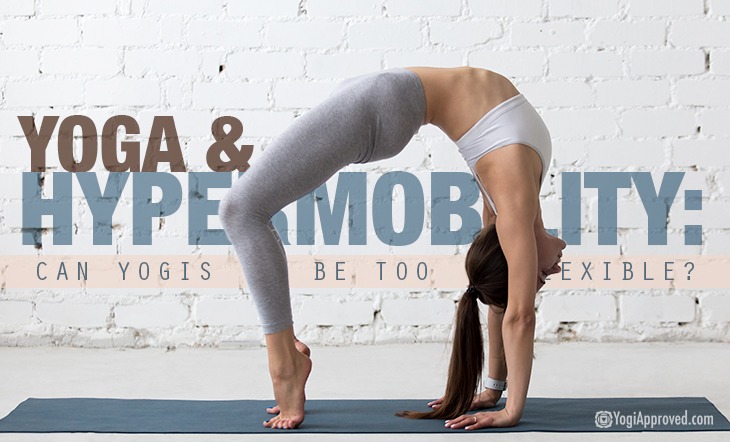
When we think of yoga, the first thing we often think of is the idea of flexibility. But is it possible to be too flexible?
While it seems that having natural flexibility would be perfect for the practice of yoga, it can actually be quite challenging and if not tended to, being overly flexible can create injuries.
Some students are simply flexible, while others who are overly flexible may have Hypermobility Syndrome. While “Hypermobility Syndrome” might sound intimidating, it simply means having an increased mobility and laxity in joints such as fingers, elbows, hips, and knees.
So is yoga as good for someone with hypermobility as someone with little to no natural flexibility? Absolutely!
Within a yoga practice, our work as students is to become more balanced. For the stronger, less-flexible individual, that means to create openness and flexibility. But for the naturally bendy student, that means to create strength and boundaries to literally pull + hold yourself together safely.
So is yoga as good for someone with hypermobility as someone with little to no natural flexibility? Absolutely!
Here are a few pro tips if you are hyper flexible or teach someone who is:
1. Maintain integrity in the pose
Always look at your yoga practice within the confines of integrity and finding symmetry in your form. Keeping in mind there is no end goal in a yoga pose except to be aligned, symmetrical, present and breathing fully.
2. Remain gentle and self-aware
Find your edge in the pose and then back off about 5-10%. Not only will this keep you safe, but you will remain present and aware. One of the beautiful things about the physical yoga practice is while you are training the body, you are also training the mind and your ability to concentrate.
As you move into life outside of the practice, you will immediately be able to handle all of life with greater ease. You will become stronger mentally but also be able to move through difficulty with understanding.
3. Get back to the basics
Ideally, the hypermobile student should keep poses less complicated in order to concentrate on good alignment. When a yogi is hyper-flexible, it can be challenging to maintain good form. Adding variations, depth, and difficulty to a pose only increases the challenge of maintaining proper, safe form.
4. Hold poses for less time
Holding a pose for an extended amount of time may be difficult and unsafe for a student with hypermobility. Allow yourself several breaths – maybe up to ten – and then exit the pose slowly and with control. Being able to control your movements and transitions is key for the super bendy yogi.
Hyper-flexible people can experience more persistent and pervasive pain from chronic joint hypermobility, and are more easily susceptible to slow-healing sprains and osteoarthritis which is why it’s important to have a gentle practice.
5. Find a knowledgeable teacher
While some teachers may glorify your extra bendy abilities, what you really need is someone who understands the body well and has a lot of experience with hypermobility.
You need to build integrity in your joint ranges. Restorative Yoga is a great practice for learning your own appropriate, healthy biomechanics. Once you learn how to listen to the body there, you can easily use that knowledge in a Vinyasa practice. It all starts with having a knowledgeable teacher.
6. Diversify your training
Add resistance training and core strengthening exercises that will help you isolate important muscles and begin to build strength to better support your joints. As you increase your strength, you simultaneously increase your ability to maintain proper alignment in a pose and practice safely.
It’s good to keep in mind that all of us have strengths and challenges within our yoga practice. The flexible student has just as much challenge as a tight student – just in a very different way. Yoga is the the great equalizer. Within it, we all have our own work to do and an opportunity to create balance within our bodies and out into our life.


This Month's Letter
From the Editor
Monthly motivation and food for
thought from our founder.

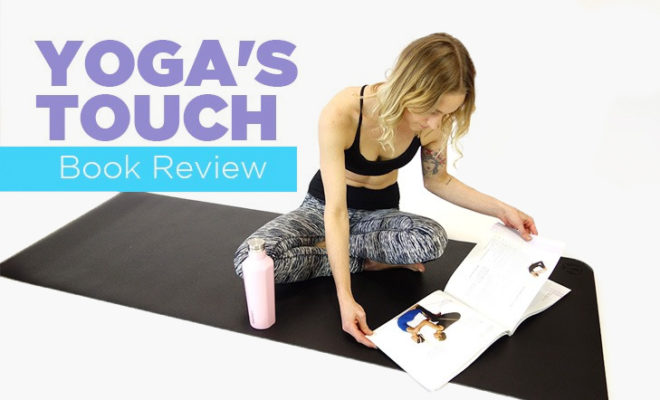
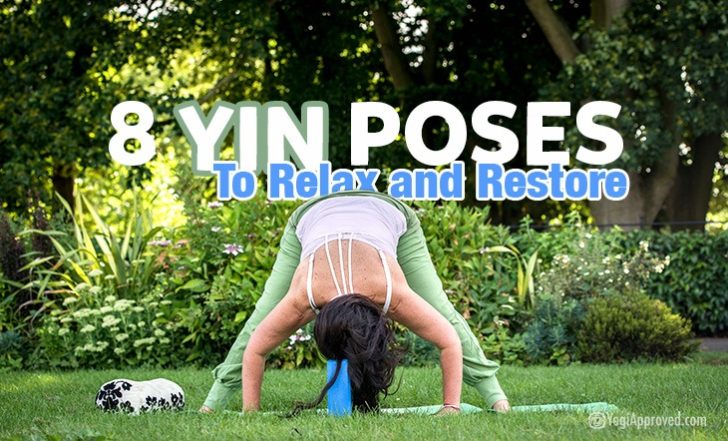
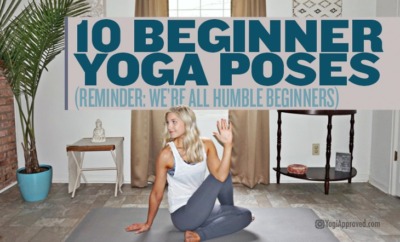
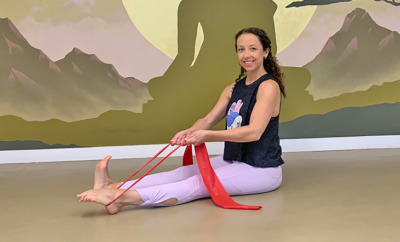
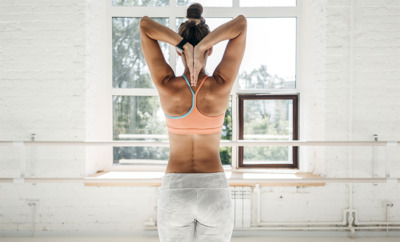
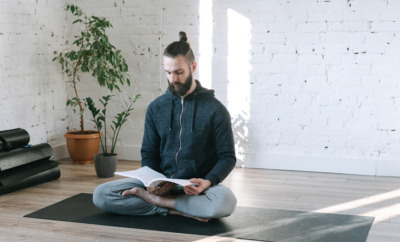
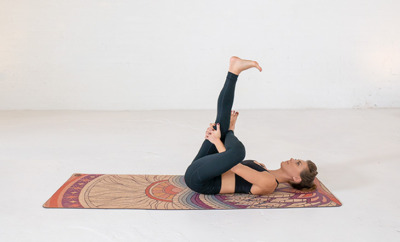
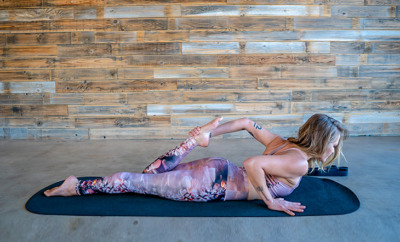





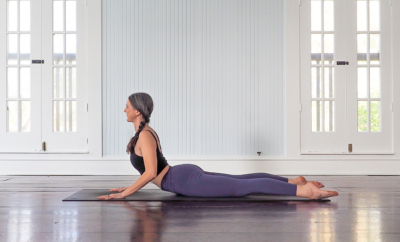
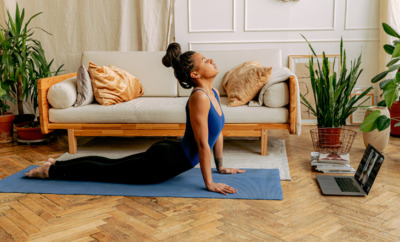
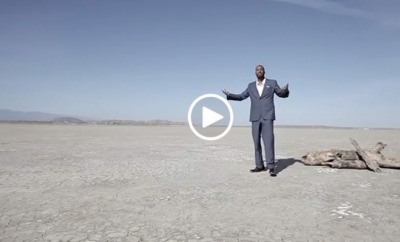














Comments